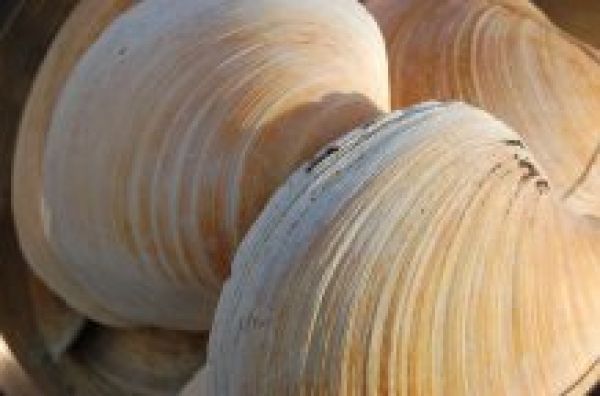A team of scientists led by the University of Exeter used the shells of quahog clams, which can live for hundreds of years, and climate models to discover how Arctic sea ice has changed over the last 1,000 years. They found sea ice coverage shifts over timescales of decades to centuries – so shrinking ice cannot be expected to return rapidly if climate change is slowed or reversed.
The study examined whether past ice changes north of Iceland were “forced” (caused by events such as volcanic eruptions and variations in the sun’s output) or “unforced” (part of a natural pattern). At least a third of past variation was found to be “forced” – showing the climate system is “very sensitive” to such driving factors, according to lead author Dr Paul Halloran, of the University of Exeter.
“There is increasing evidence that many aspects of our changing climate aren’t caused by natural variation, but are instead ‘forced’ by certain events,” he said. “Our study shows the large effect that climate drivers can have on Arctic sea ice, even when those drivers are weak as is the case with volcanic eruptions or solar changes.
“Today, the climate driver isn’t weak volcanic or solar changes – it’s human activity, and we are now massively forcing the system.”
Continue reading at University of Exeter
Image via University of Exeter


